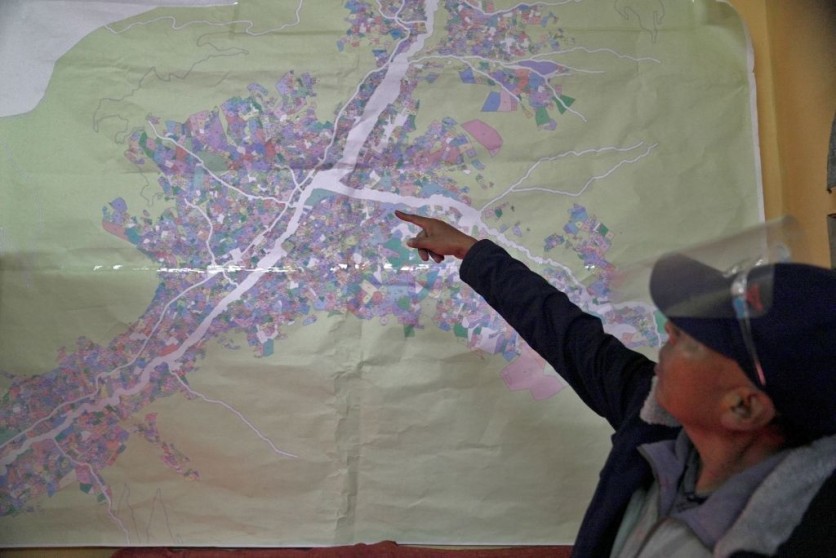Startup company Hivemapper is getting closer to beating the B2B mapping empire Google built, according to TechCrunch.

Hivemapper is a startup company that puts dashcams on ride-hail and delivery vehicles to map the world. Unbeknownst to some, only two percent of the world's roads are mapped.
Leading to a Bigger Scale
Although Hivemapper is a startup and an underdog in the industry, the company is reaching an inflection point that may beat Google's road mapping.
The company was able to collect over a million kilometers of unique street-level imagery only within three months of launching it. Although Google has 60 million kilometers, it took the search giants over ten years to collect 16.1 million kilometers of unique road data.
Now, Hivemapper aims to map ten million unique road kilometers by early next year.
Also Read: Google Maps and Search Now Allow Healthcare Providers to List the Insurance They Accept
How Hivemapper Makes It Work
The startup company relies on individual contributors globally to collect street-view data instead of putting up their dedicated mapping vehicles on the road. Their dash cams are equipped with a high-quality imager and precise GPS.
By mapping with the use of dash cams, the data they collect is continuously being refreshed.
The company's GPS model is similar to the app Waze. Waze relies on volunteer user data to monitor and share real-time traffic information around the world.
What makes Hivemappers stand out is that the company rewards drivers and editors with its native token, HONEY. As more roads are mapped and the map becomes more useful, the demand for tokens increases.
So, when companies buy map data from Hivemapper, the money is then converted into tokens in the back end, which the system will use to reward new or existing contributors with more tokens.
To make it lucrative to contributors, Hivemapper should collect enough data to create a viable product. Currently, they have over 10,000 contributors and 418 regions mapped to some degree.
The company is also working to bring on smaller to mid-sized fleets as they build up a network. A lot of fleets purchase dash cams as insurance in case drivers get into accidents, which means that they are more likely to execute best practices for mounting the devices. As a result, this will allow Hivemapper to collect better-quality imagery.
In addition, fleets don't drive the same old routes, which will allow the company to get data off the beaten track.
Fleet managers can access the company's dashboard where they can see high-earning routers and drivers can see the number of tokens they get. With this, drivers can redirect or split tokens to any designated wallet.
Hivemapper is also providing drivers incentives to gather data in certain regions, which can help them grow. At the same time, this can help the company gain fresher data in high-demand areas.
Related Article: Google Maps Launches Immersive View, Combining Street View and Aerial Photography into 3D

ⓒ 2026 TECHTIMES.com All rights reserved. Do not reproduce without permission.




